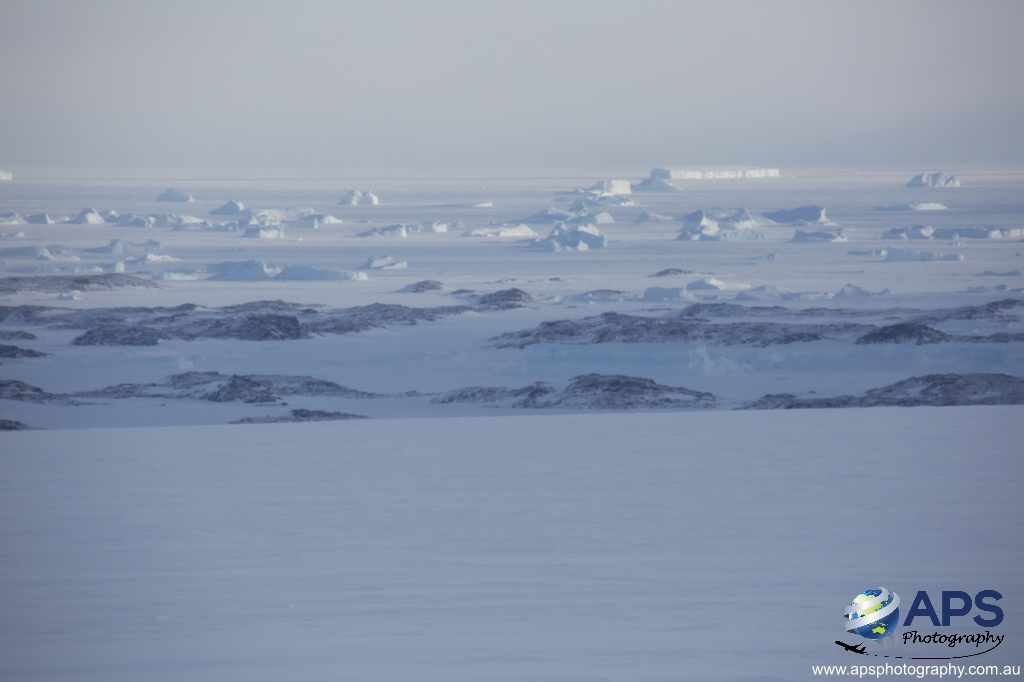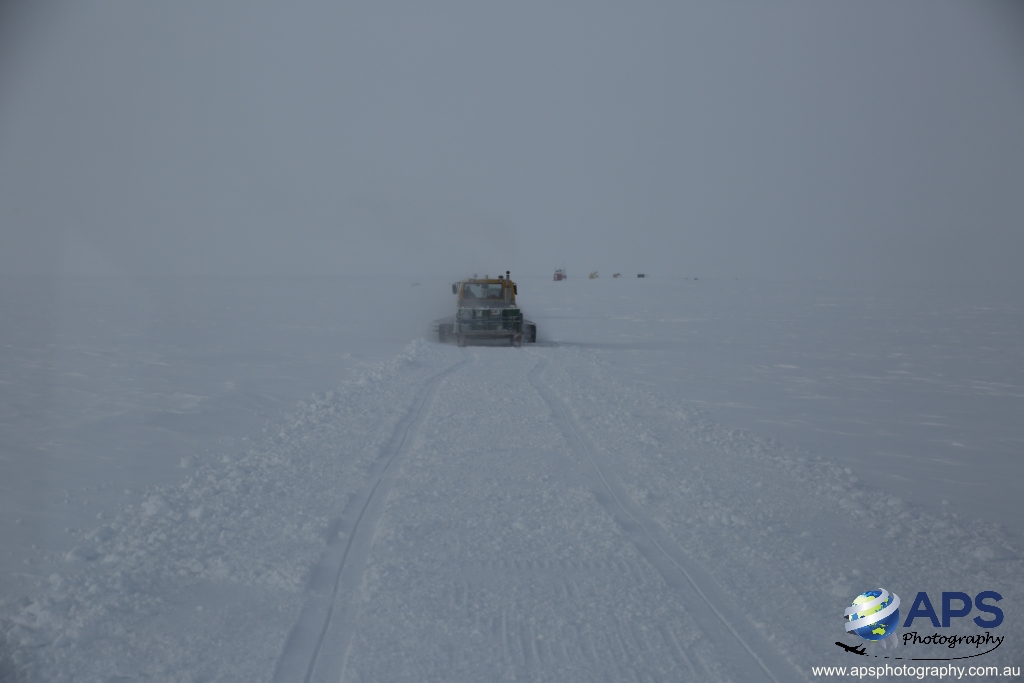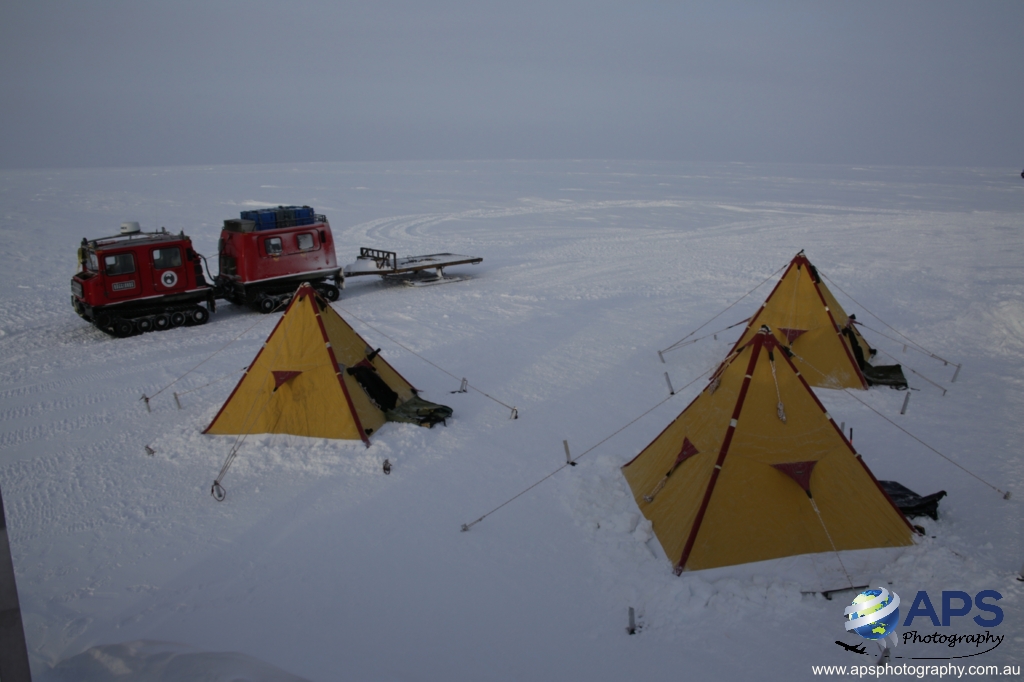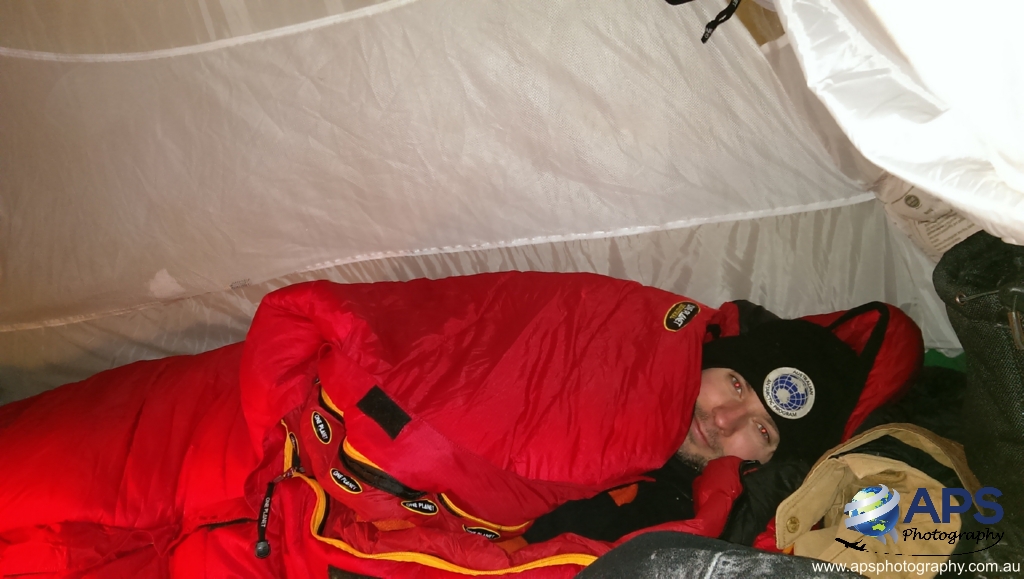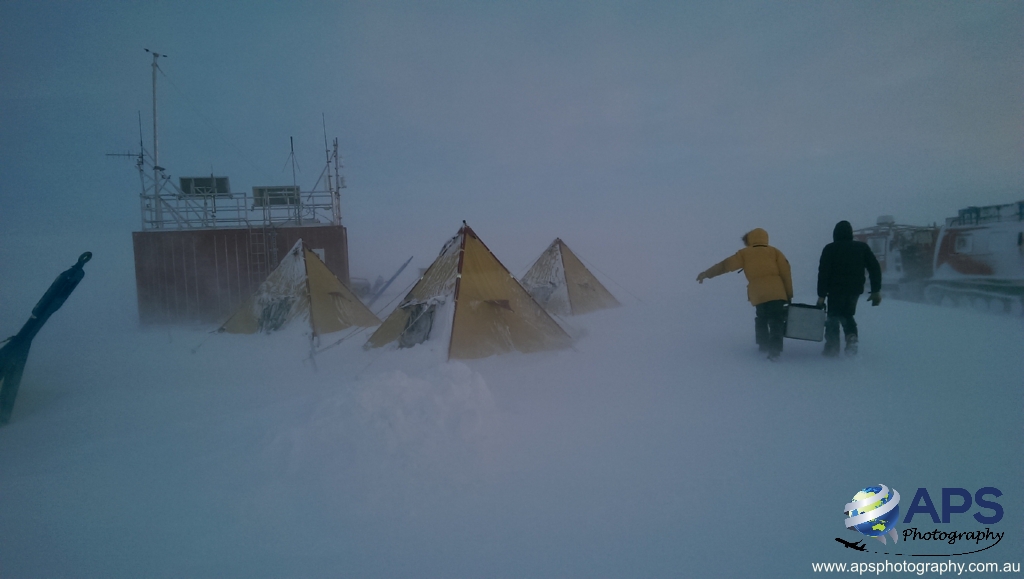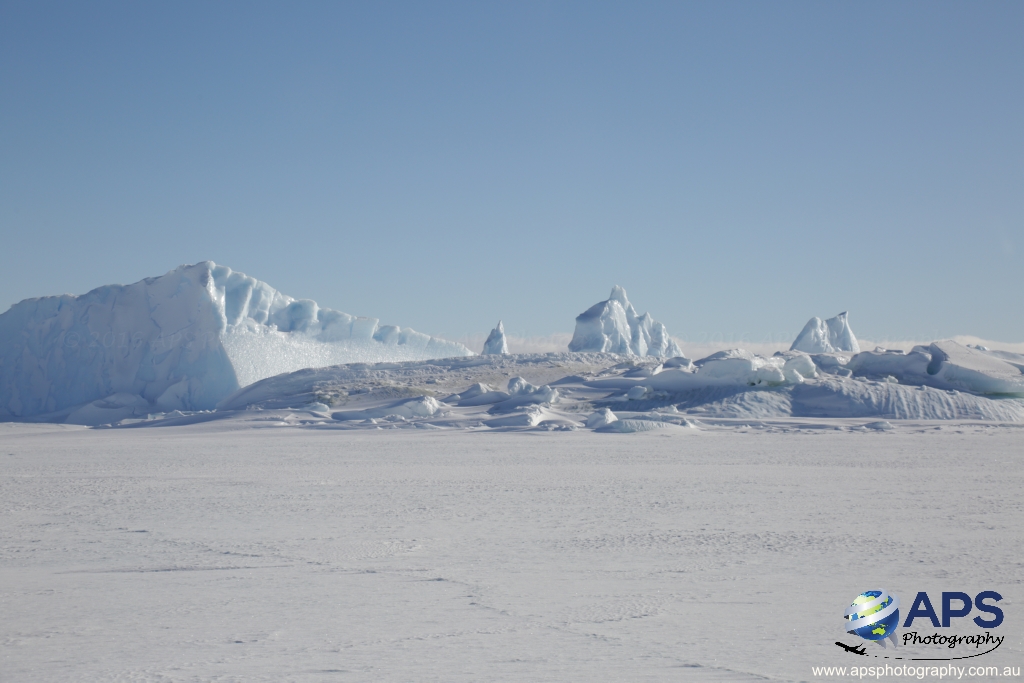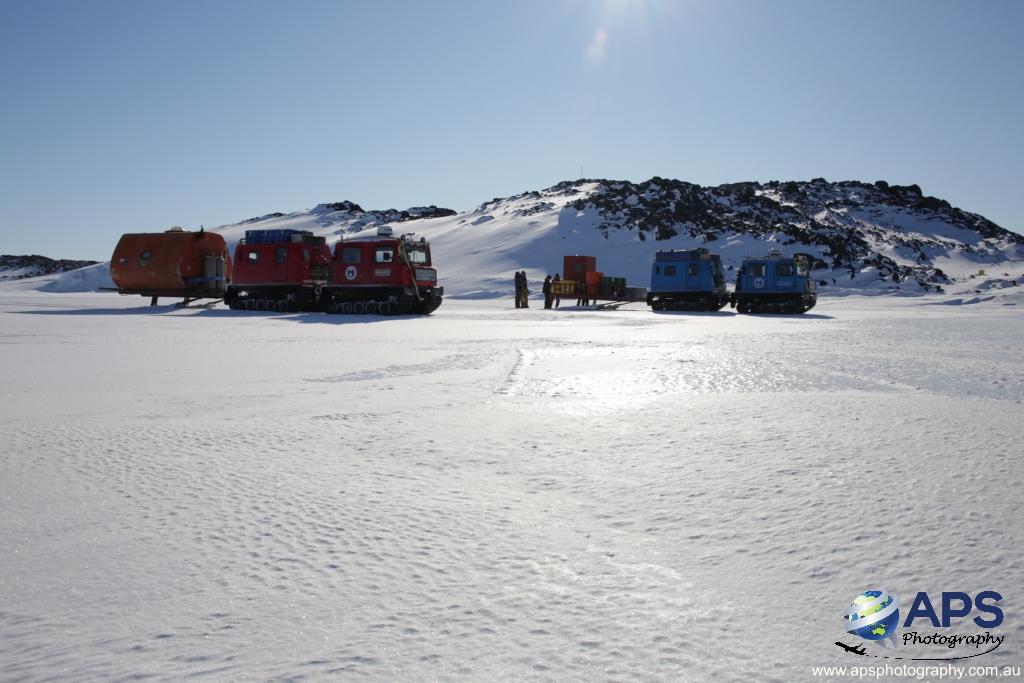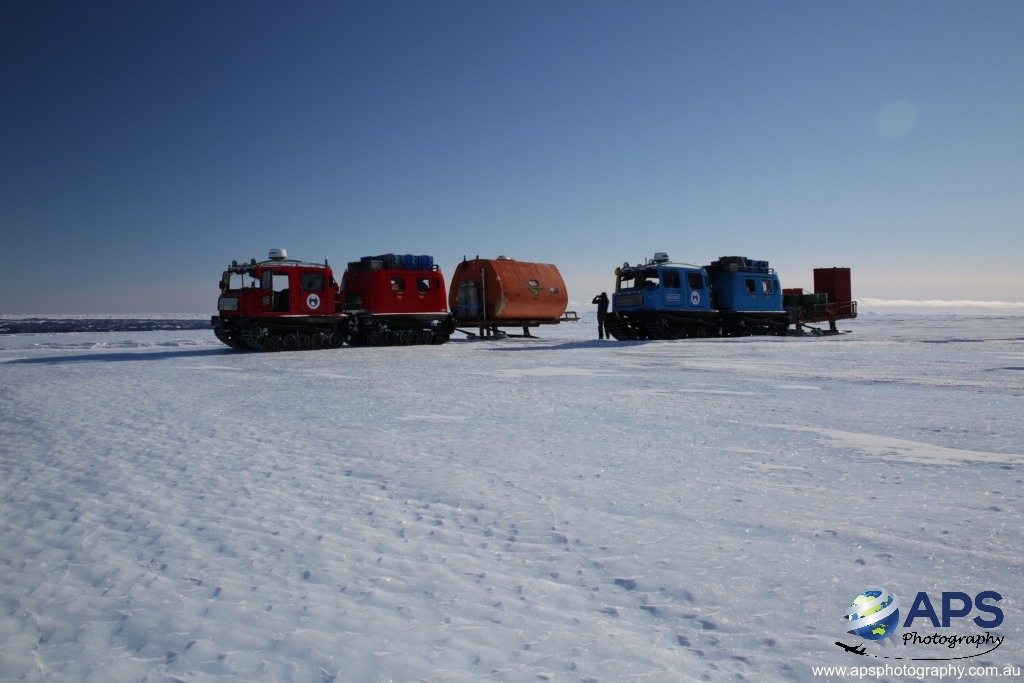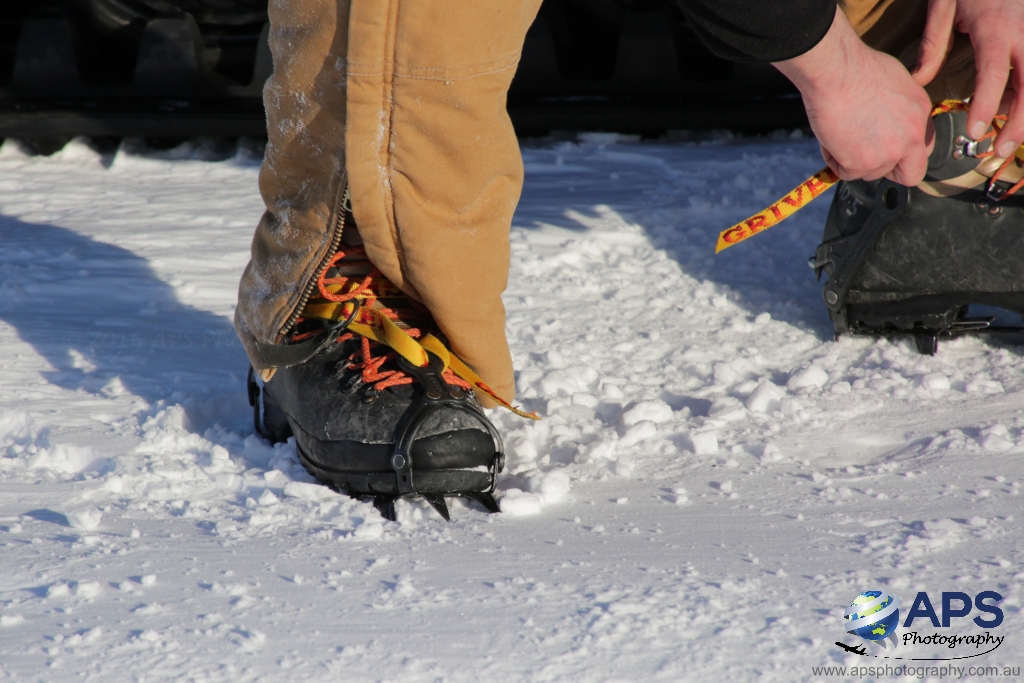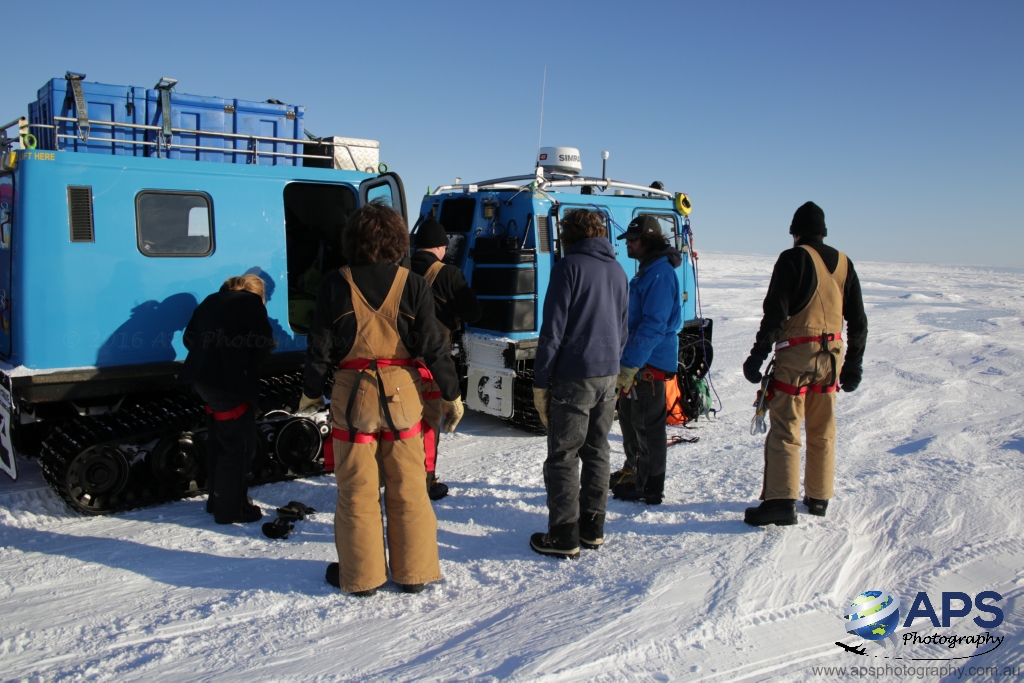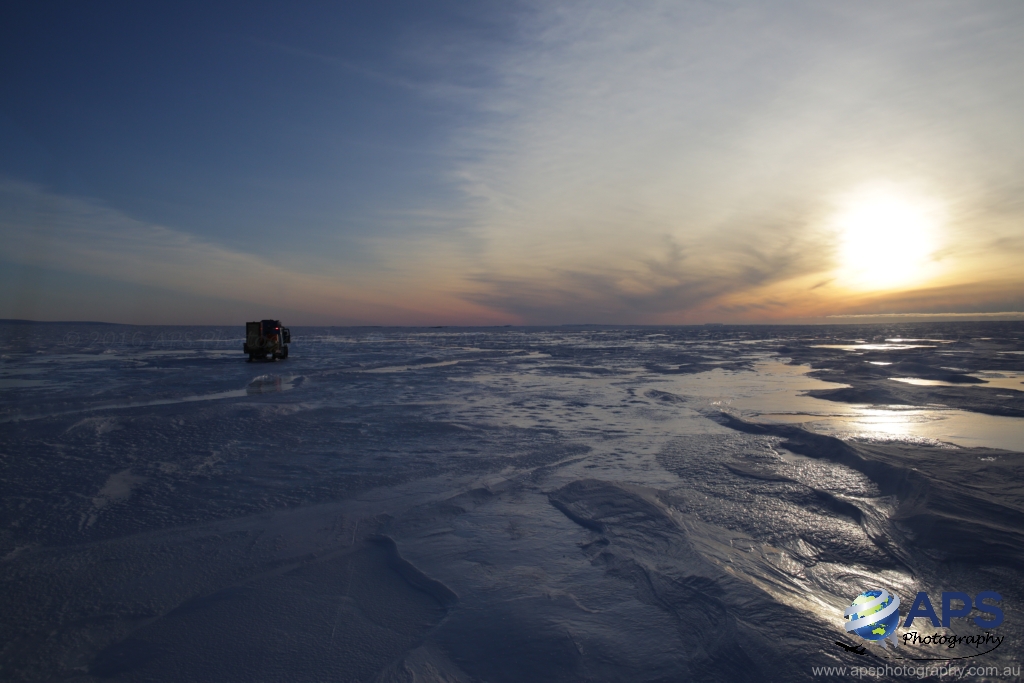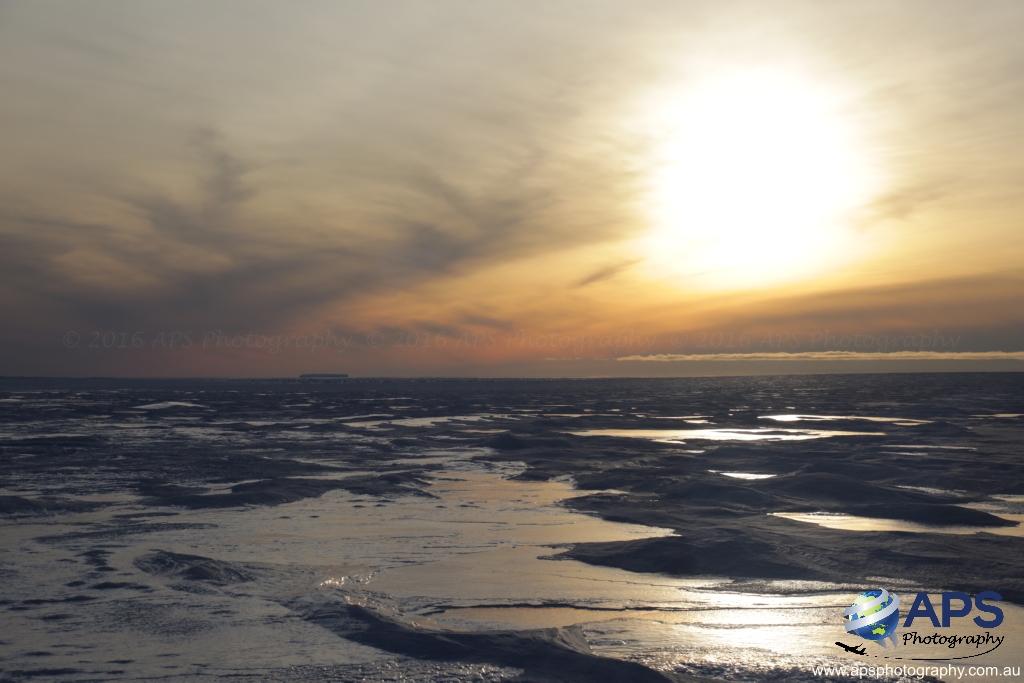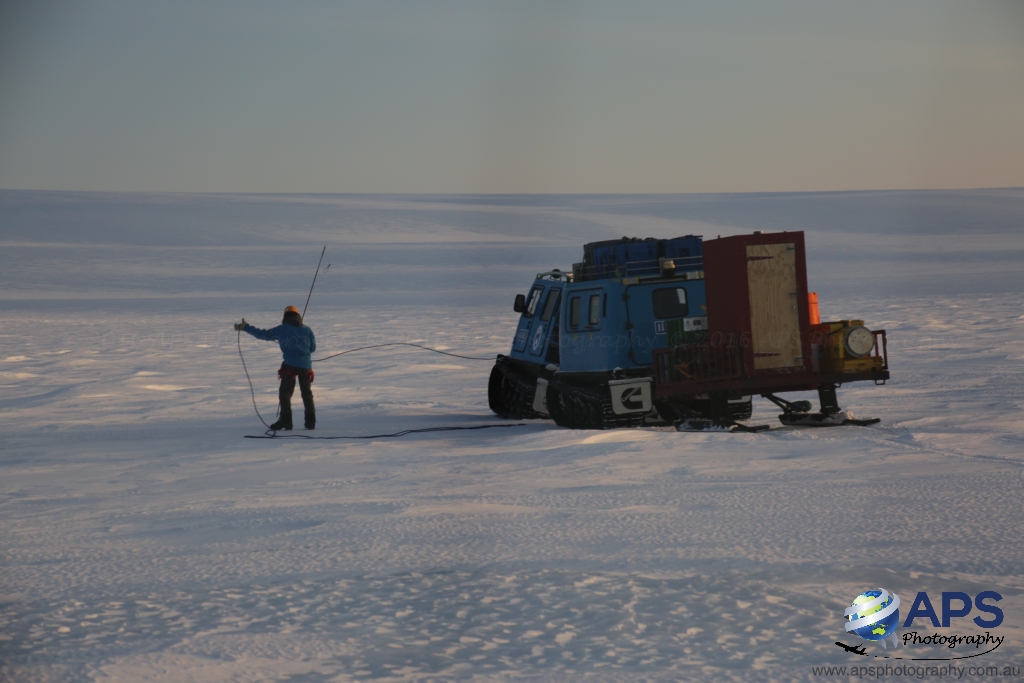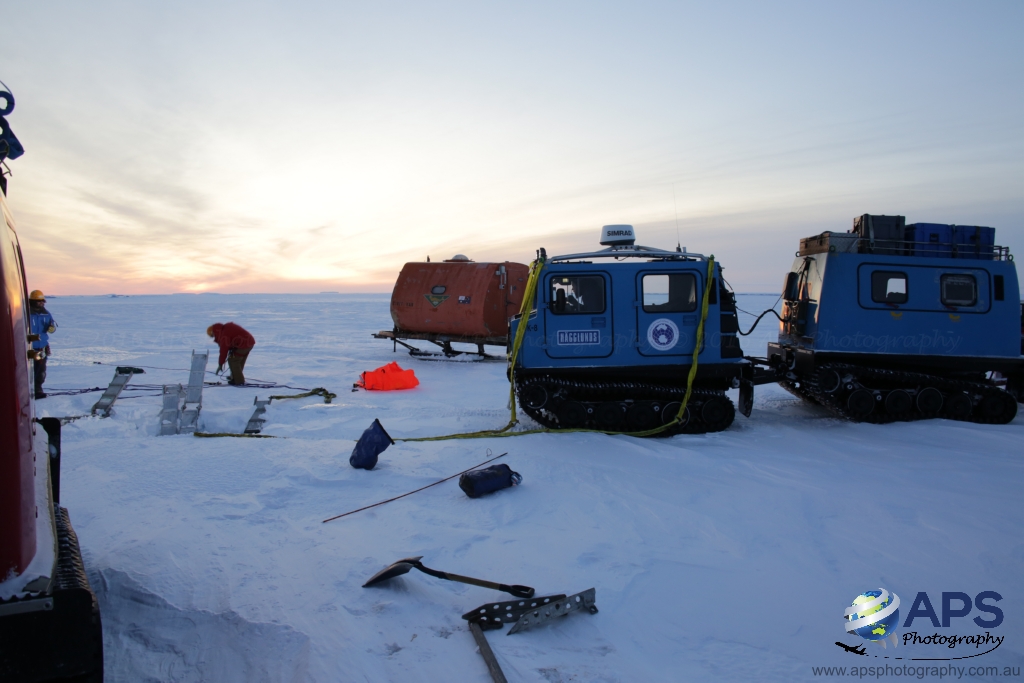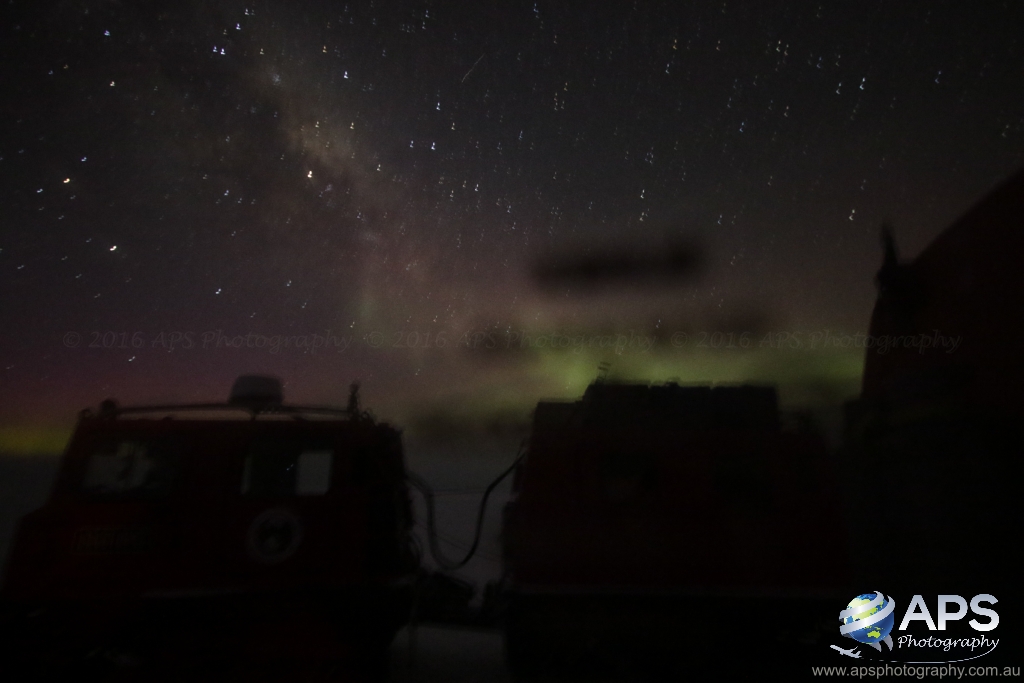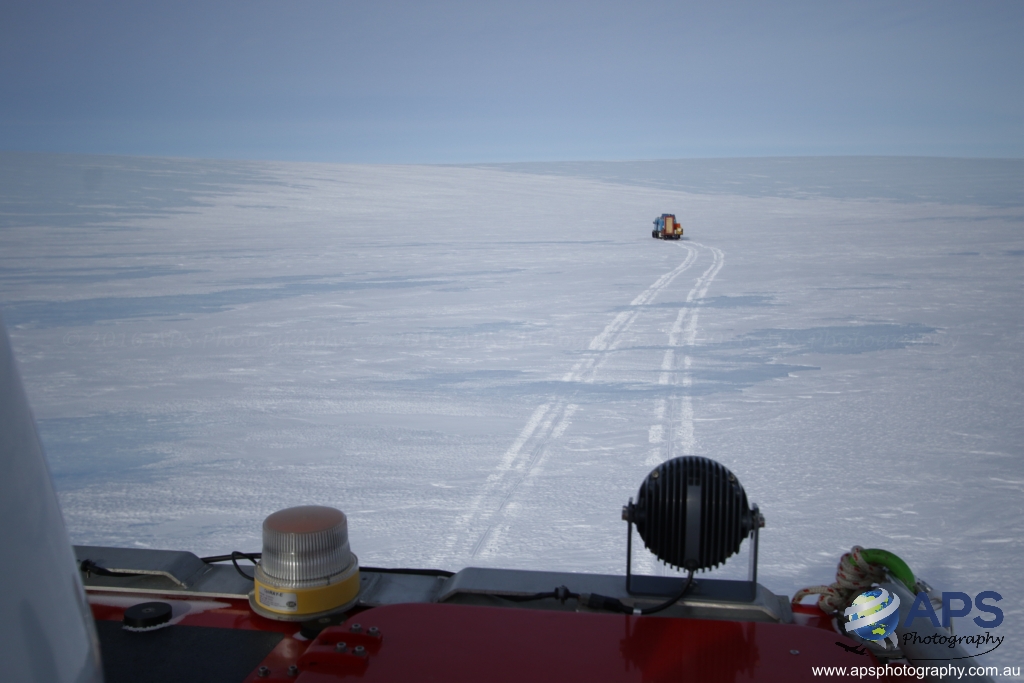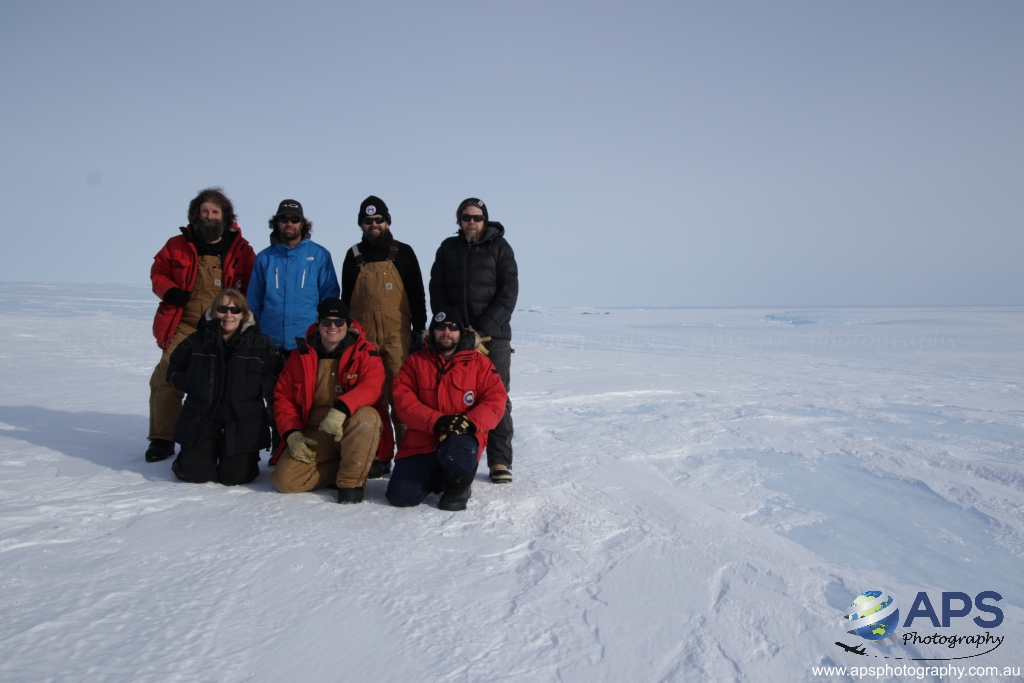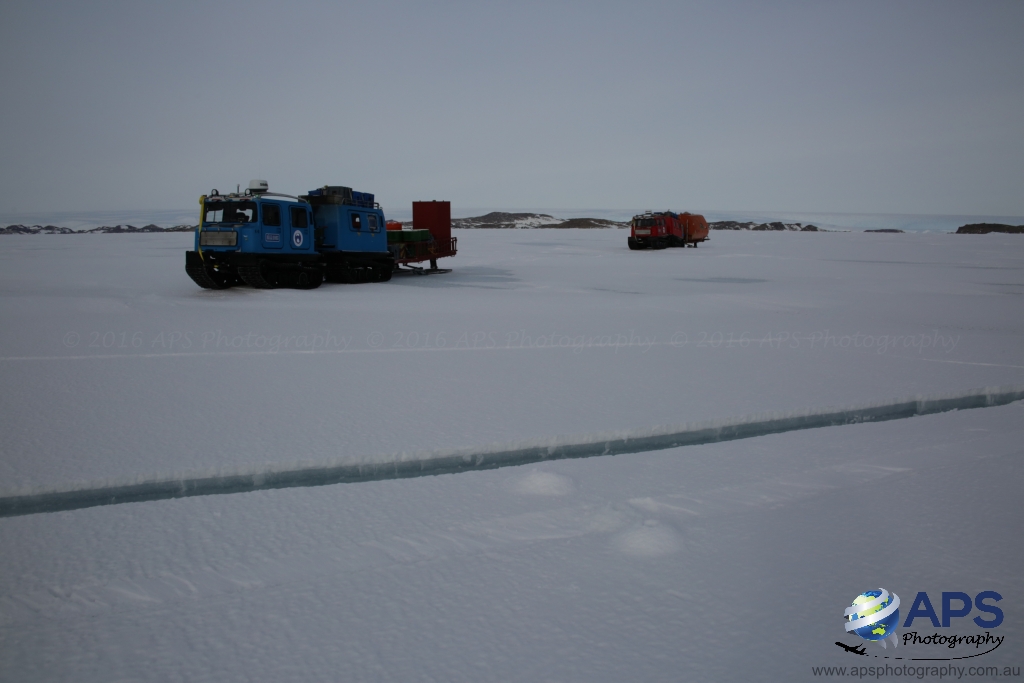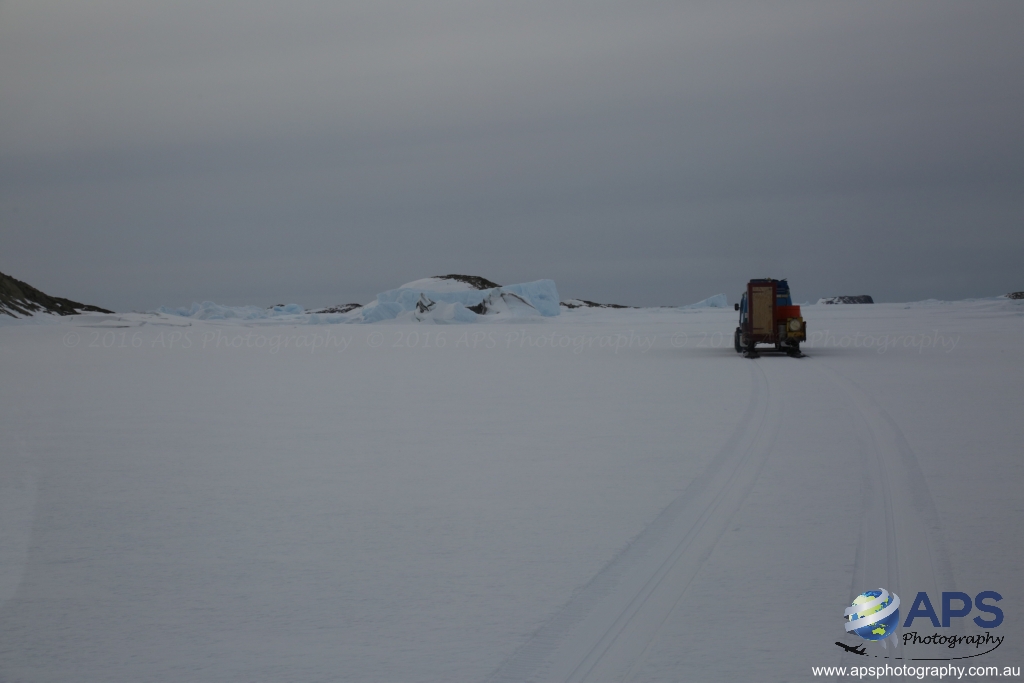After countless hours, ok, many days of post production I have finally completed my mega time lapse. The annual deterioration and sea ice breakup out the front of Davis Station as the Summer season kicks in. This video time lapse consists of 35 days of photos, exactly 4342 images taken over 2 - 10 minute intervals during this time. Started 27th Nov 16 - 12 Dec 16, And because the sea ice had not broken up yet..... 21 Dec 16 - 8 Jan 17! During this time there is 24 hour daylight. Watching the sea ice rise and fall with the tides. The water at the edge refreezes every evening. Watch the large icebergs in the distance dance around.
My Year on Ice - Antarctica part 1
I'm excited to have completed part 1 of my videos which can be viewed below! Enjoy....
Raures Traverse
I was very fortunate to be on the traverse after the winter to the Raures group of islands in September 2016. These islands are located approximately 30kms from Davis station. However travel is not permitted in front of any glacier on the sea ice, so we had to cross the glacier further inland. A 30km trip got turned into approximately 140kms going the long way around. The reason for the traverse is to enable the servicing of cameras that take photos of the penguin and bird colonies and for us to maintain traverse capabilities which may require us to travel to remote locations or be called upon in an emergency.
Our approximate route taken. Image source: Australian Antarctic Division.
Prior to the traverse we did some additional training which included glacier travel & crevasses. To prepare for the traverse we all needed to spend a night camping in our polar pyramid tents up on the plateau at a place called Whoop Whoop. This is where our main airport is located approximately 600m above sea level and 35kms from Davis Station. As seven of the sixteen expeditioners were going on the traverse we would need to be self Search and Rescue (SAR).
The Traverse......
On the 26th of September, we headed off on what would be a very long day. Starting out on the sea ice heading north then across through Tryne foryd. We then started the assent onto the plateau on the Whoop Whoop line. We were greeted by magnificent views of the Vestfold Hills, the Sorsdal glacier and across to the Raures Islands.
Before reaching Whoop Whoop we turned and headed towards the Sorsdal glacier. Before approaching the glacier we all put our harnesses on, got our crampons ready and set up a rope on the lead hagglund. Once we were all set up we started to cross the Sorsdal glacier. The glacier has been crossed many times in previous years so we follow a known route which has proven to be good. Having said that, caution is needed at all times. Crevasses can be seen throughout the glacier however when they are covered with snow it can become tricky to determine where they are. Two main areas had been previously flagged on our GPS route as being heavily crevassed from previous trips across the Sorsdal glacier.
As the lead hagglund drove across, one person would be probing out in front which is tied to the huggland. This was so we could provide a safe path for the two huggnads.
Many hours had passed and we were almost across the glacier. I had been asked to drive the second hagglund across the glacier behind the lead hagglund. Carefully following the tracks of the lead hagglund to prevent straying off the beaten path. As the lead hagglund drove over the crevasses you would see the snow fall down them and uncover some quite large holes. We would cross perpendicular to the crevasses as they were only around 1m wide in places. Due to the hagglunds construction they are able to cross large spans very easily.
However when crevasses are hidden they are hard to detect which way they go. As we found out with the lead hagglund getting one of its tracks stuck in a crevasse which ran the same way with our path. The situation was quickly assessed and we would need to get the assistance of the second hagglund to level the front cab while the others put some metal ramps under the front section providing stability for it to be reversed out of the area. Our self Search and Rescue capabilities meant that we all had the training needed to perform a successful recovery.
While this had taken some time we had run out of light and the decision was made to spend a night on the Sorsdal Glacier. Under normal circumstances this is not allowed, however this was the safest option. As we set up camp everyone was harnessed up and attached to a rope as the area was heavily crevassed. As two slept in the Rimmit van, three slept in their bivy bags on the glacier. While one other and myself choosing to sleep in the back of each huggland. Some constellation of the poor sleeping conditions we were treated by the aurora lighting up the night sky.
The next morning we packed up and set off probing across the glacier until it was safe enough to continue without probing. As we got to the other side of the glacer we drove up a rather large and steep incline. While at the top we had a magnificent view across where we had driven through. Seeing the Vestfold Hills from a different angle and seeing the side of the Sorsdal glacier along the sea ice was amazing.
From here we continued on the plateau along the Rauer group of islands and towards the Browns glacier. Just as we got to the edge we turned and headed for Maceys ramp. The ramp needed to be proven before we headed down, so two people harnessed up probed the ramp. When we got the ok, everyone walked down and two people brought the hagglunds down with the equipment. From here we made our way to Hop Island via the sea ice. Just short of the island we came across a lead in the sea ice that was too wide to cross with the hagglunds, so we decided to take the inland route to the island.
Arriving at the island was fun, weaving in and out of rafted ice and up onto the island stopping about 100m from the smartie and melon. These are remote huts which are kitted out with a basic kitchen and beds.
It was great to have arrived at Hop Island which would be our home for the next few days. We settled in for the night, some sleeping in the smartie, melon and rimit van. The next instalment will have information about Hop Island and what and adventures we got up to during our stay. To be continued........
Thanks for reading, remember to like and share with your family and friends so they also get to experience Antarctica through my photos and stories.




